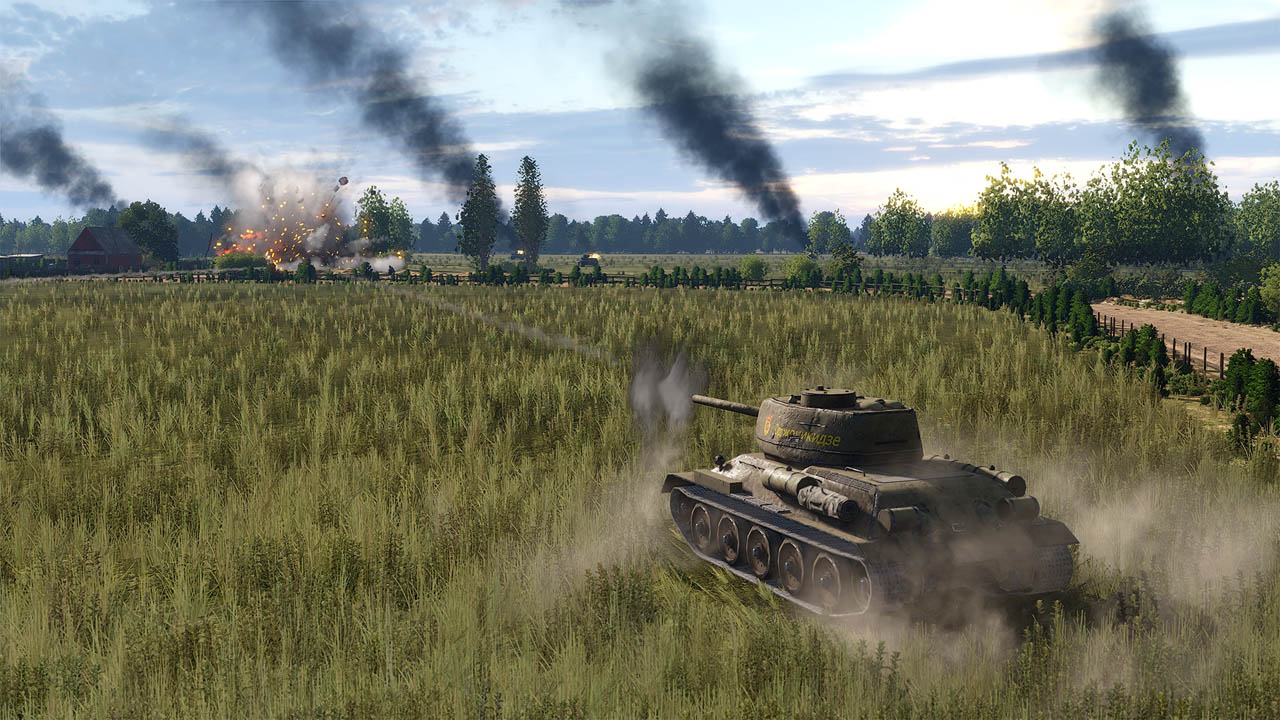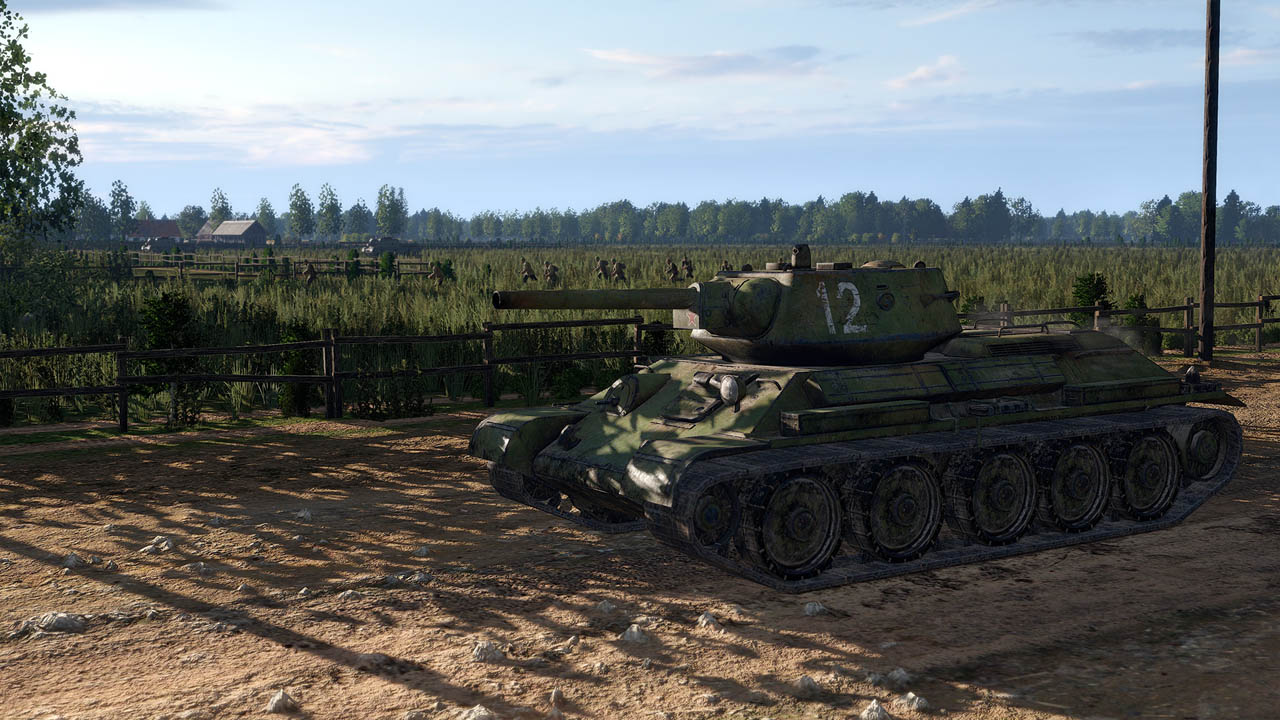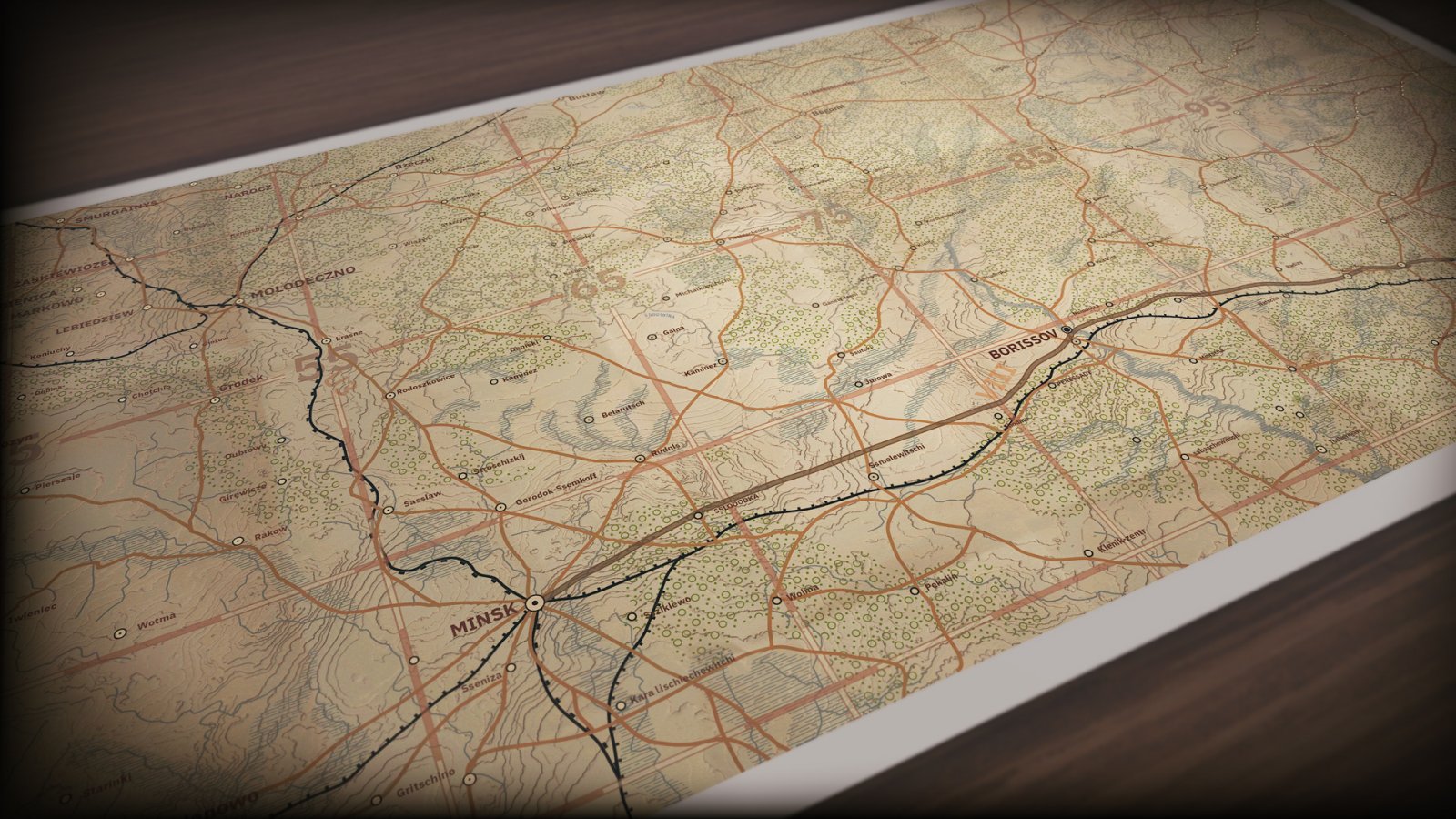Grab your bolt-action rifle and put on your playlist of favorite 1940s music, because the newest World War II real-time strategy game has hit Steam, and it’s not one to be taken lightly. Coming from Eugen Systems, maker of the Wargame franchise, Steel Division 2 follows in the footsteps of its predecessor to bring you the gritty, hyper-detailed battlefields raging across Europe at a grand scale. Where Steel Division: Normandy 44 offered 2017 an intense look at the western front during the later stages of the war, Steel Division 2 focuses entirely on the eastern front, where Germany and Russia were pitted in a savage battle for victory or annihilation. When it comes to immersive and complex RTS games, there’s honestly few modern games that could contest with what Steel Division 2 has to offer, but it’s unfortunately hidden behind a brick wall of barebones content and genuine inaccessibility.
The Sitrep

Steel Division 2 sets itself apart from other RTS games in many ways, a fact that will become immediately apparent the very moment you try to build your first army. Whereas in most strategy video games you will have some form of base building or tech-trees, Steel Division 2’s army construction can be best described as deckbuilding. The title offers a plethora of designated historical divisions, each one thoroughly researched and offering a wide variety of specializations and unique formations. The makeup of these divisions come in a variety of cards that represent their respective units, alongside all their detailed information with some options for transports or unit experience. Battles are played in phases, and each unit has a respective phase (A, B, or C) that it will come in. You can choose to use a preset division deck or create your own, and it’s certainly a skill all unto itself to create a properly balanced deck that will see you through to victory.
Once you’ve completed building your deck, it’s time to take it to the field. You will find only two options of play available to you. Conquest is what you might expect it to be. You will play across a vast field of war with varying terrain across an expansive map as you try to control as many points as possible to drain your opponents of tickets. Breakthrough is a new addition to the series with Steel Division 2, an attacker and defender game mode where the defender must try to create sufficient defensive positions as the attacker tries to crack open these points and overrun areas of control. It’s certainly a different experience from conquest, allowing for a more varied gameplay based on the defender’s choice of style, rather than just the same static positions.
Regardless of which mode you play, Steel Division 2 truly is a strategy game that many hardcore fans of the genre can salivate over. Every map is sweeping and vast, as you try to control numerous units stretched thin across the board. You will call in reinforcements and bring them to the thinning lines, make breakthroughs and retreats as you see fit. Vision is an incredibly important aspect of the title. Unlike most strategy games that just have a simple bubble of vision that dissipates the fog of war, every individual unit has its own vision and what they can see based on terrain and range. A Panther tank could be right around the corner and oh, you might hear it, but you’re not going to know until one of your poor lads spots the thing. This and the effective range of weapons make positioning incredibly important as you try to slot your sniper teams or tank destroyers into a far off hill overlooking the city, or sneak your flamethrower team through the forest. There’s a great sense of detail and options available for every unit with what you can do with them, the likes of which one might expect in a game of a much smaller scale. And yet, once you’ve gotten through the learning curve, it all feels seamless and smooth. It’s certainly worth commending how effectively Eugen Systems has integrated these minute details and utilizes them at the grander scale.

Operation Barbarossa
As incredibly solid as the base gameplay mechanics might be, newcomers might find their experience akin to trying to beat their head against a brick wall. For all its complexity and depth, of which there is a great deal, Steel Division 2 does absolutely nothing to try and explain itself to you, save for the mundane and single sentence hints on the loading screens. There is zero tutorial on how to play the game. I was fortunate enough to have played Steel Division: Normandy 44 enough to know how to play the title without much help. Normandy 44 had a very well executed tutorial that explained the core mechanics to new players. No such option is available in Steel Division 2 and, for a title of such complexity, that’s really not acceptable. The game needs a tutorial, and players shouldn’t be required to play a different game or look up YouTube videos to understand basic mechanics.
Despite how solid the core gameplay is, there’s just not a whole lot you can do with it. Steel Division 2 has an absolute insane amount of units for each of the many available divisions, but you’re probably not going to find yourself with much to do after a short while. Outside of basic skirmish games, Steel Division 2 offers a very limited campaign system. There are historical battles, which are decent enough scenarios and fun enough to play through, but they’re only just that; scenarios. There’s only four, and they’re not strung together with any form of narrative.

The alternative option is the new Army General campaigns. These are six individual campaign scenarios where battles are strung together on a strategic map of selected points you’ll need to take and control. You’ll have to move and organize your troops across the map to get them into the fight, each with their own speed based on the terrain and unit composition. The distance of the unit from the battle itself will determine what phase of the battle they will come into. This can be a blessing or a curse, as you might sometimes find the process of moving your army around incredibly engaging at one moment, and then the next akin to pulling teeth as you find your battles become obscenely frustrating because your anti-tank units were just a fraction too far out. Now you’re stuck with fighting a battle against a tank core that you have basically no hope of taking out. It’s important to note that others have had buggy experiences with Army General where they have been unable to end their turn, thus making it impossible to progress through the campaign. I was fortunate enough to have never experienced this myself, but it is important to keep this in mind until Eugen Systems patches it.
Once you’ve found yourself finished with the rather brief campaign options, all that’s left is multiplayer. For fans of the series, this is unsurprisingly a main attraction. For newcomers, this may be a very unforgiving experience, as you tackle the incredibly steep learning curve and veteran players who will likely know the game and the meta better than you ever will.
The Verdict: Good
Steel Division 2 has the promise of being one of the best historical RTS games on the market, with its solid and immersive game mechanics and sweeping fields of war. But, the title’s inaccessible learning curve and lacking content leaves it a hesitant purchase for anyone but the existing fanbase.


